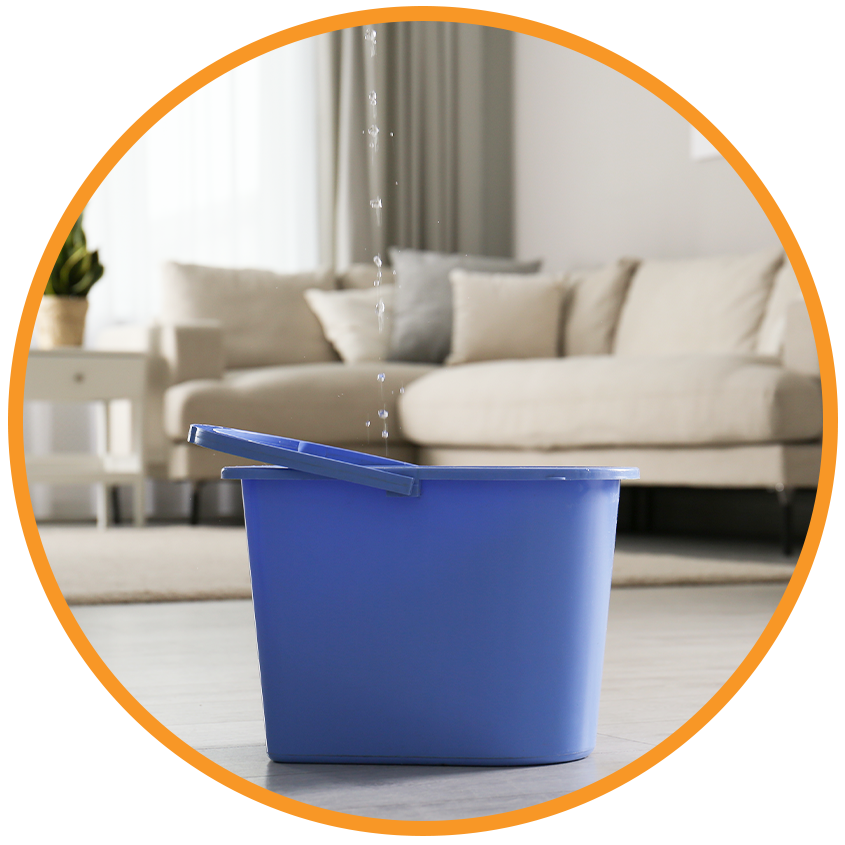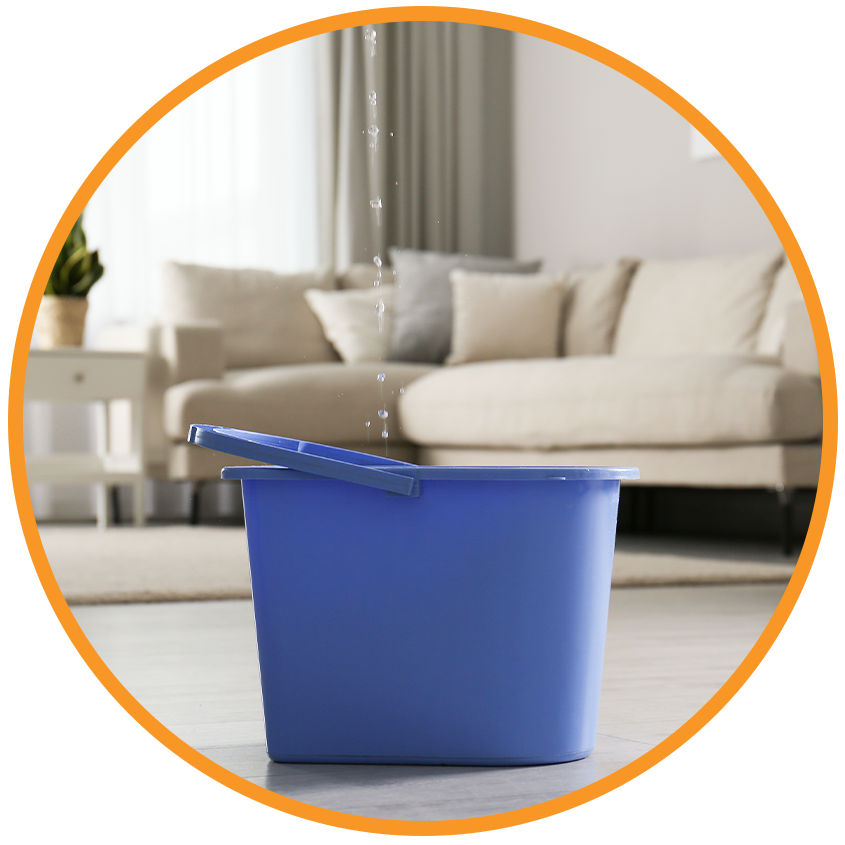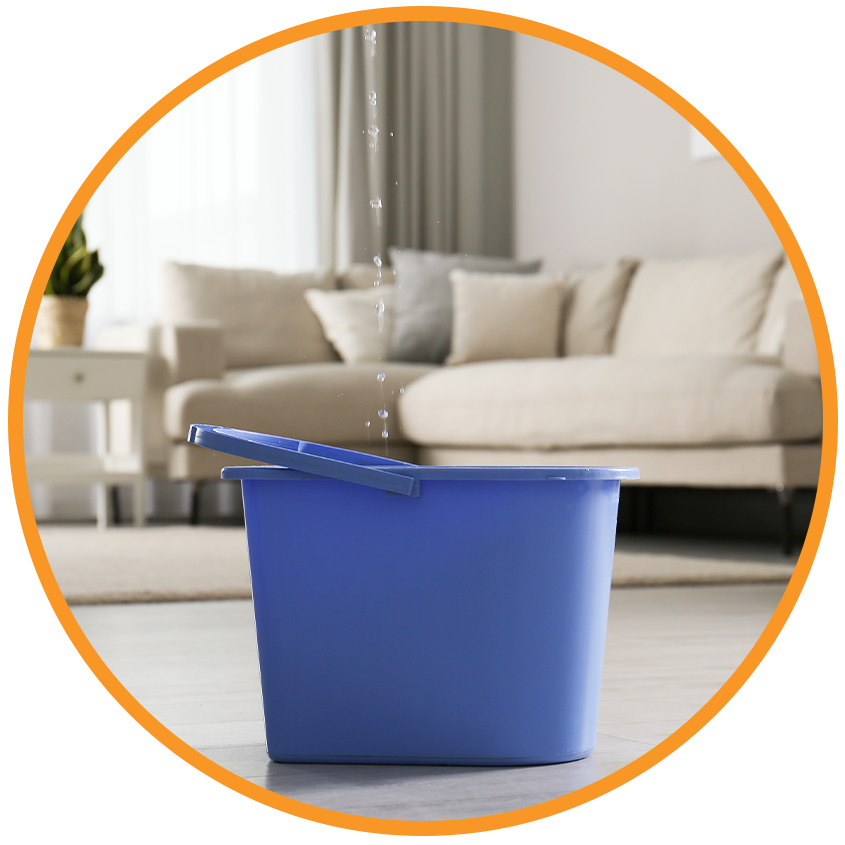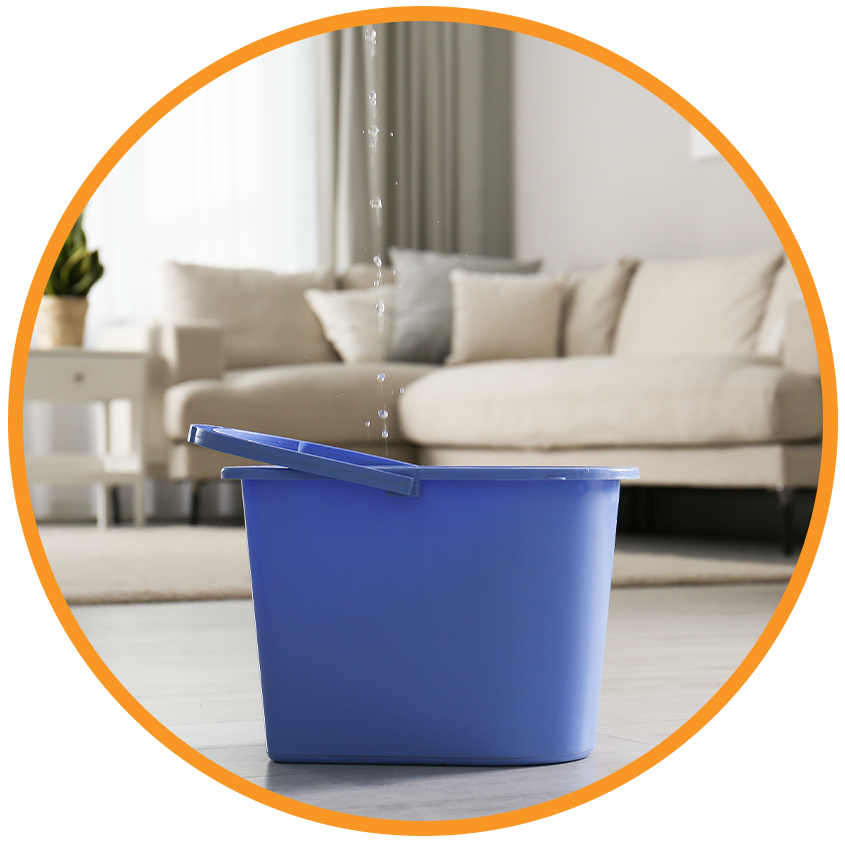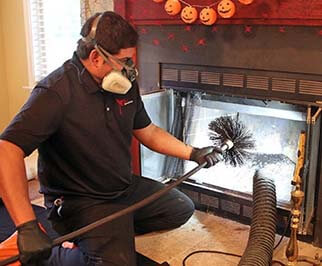
How Long Does a Chimney Sweep Take? Understanding Chimney Sweep Duration Like a Pro
Why Knowing Your Chimney Sweep Duration Matters
When you’re scheduling a chimney sweep, it’s not just about picking a date—it’s about knowing what to expect. How long will the process take? Will your whole morning be gone, or is it a quick in-and-out job? Knowing the typical chimney sweep duration helps you plan your day efficiently and avoid surprises. It also gives you a clearer picture of what goes into keeping your fireplace clean, safe, and working properly. Homeowners often overlook the importance of chimney caps, but
can show why they matter.
What Affects the Time It Takes to Sweep a Chimney?
Several factors can influence the total chimney sweep duration. While the average cleaning time falls between 30 minutes to an hour, the actual time can vary depending on these elements:
1. Type and Condition of the Chimney
- Wood-burning vs. gas: Wood-burning fireplaces often take longer due to soot and creosote.
- Liner material: Metal liners are often easier and faster to clean than clay tile liners.
- Chimney height: Taller chimneys require more effort and time.
2. Frequency of Cleaning
If your chimney hasn’t been cleaned in years, the chimney sweep duration will be longer. A well-maintained chimney with yearly cleanings can be serviced more quickly than one neglected for several seasons.
3. Amount of Creosote Buildup
Creosote is a sticky, flammable substance that builds up inside the flue. A small amount is quick to remove. A thick, glazed buildup? That takes time and elbow grease, extending the chimney sweep duration considerably. Proper chimney maintenance can extend the life of your heating system—details are available at
.
4. Presence of Nests or Blockages
Bird nests, leaves, or animal remains can clog a chimney. Removing these obstacles adds to the chimney sweep duration.
5. Chimney Accessibility
Chimneys that are harder to access—due to steep roofs, tight interior spaces, or location—can slow down the job.
Step-by-Step: What Happens During a Chimney Sweep?
Let’s break down what actually happens during a professional chimney cleaning to better understand the chimney sweep duration. Removing soot and blockages effectively is explained in depth at
.
Preparation and Protection
Technicians lay down drop cloths to keep your space clean. They may seal off the fireplace opening and set up a vacuum system to manage dust and debris.
Inspection Phase
Before cleaning begins, a level-one inspection ensures the structure is safe to work on. If more serious issues are found, the sweep might take longer—or even be rescheduled.
Brushing and Sweeping
Using rods and brushes, the sweep scrubs the flue from top to bottom. For chimneys with heavier buildup, this stage can stretch the chimney sweep duration.
Clean-Up and Final Check
After the cleaning, the technician will vacuum soot, inspect their work, and tidy up. This step is essential to leave your home spotless and ensure everything is functioning properly.
Pro Tips to Minimize Chimney Sweep Duration
Want to speed things up? Here’s how to make the process easier for your technician:
- Clear the area: Move furniture and valuables away from the fireplace.
- Provide access: Unlock gates or doors that lead to the roof.
- Ask questions in advance: Knowing what services are included helps set expectations.
Extra Services That Might Add Time
Depending on your needs, the chimney sweep duration might extend if you opt for additional services like:
- Chimney cap installation
- Level 2 video inspections
- Minor repairs or masonry work
- Animal nest removal
These are optional but can add significant value to your appointment.
Quick Reference: Average Times for Different Chimney Types
Here’s a glance at average chimney sweep duration by type:
- Standard wood-burning fireplace: 45–60 minutes
- Gas fireplace: 20–30 minutes
- Pellet stove: 30–45 minutes
- Factory-built chimney systems: 45–60 minutes
FAQs About Chimney Sweep Duration
How often should I get my chimney cleaned?
For most homes, once a year is ideal. If you burn wood frequently, consider two cleanings per year.
Can a chimney sweep take longer than an hour?
Yes. If there’s extensive buildup or damage, the process may exceed an hour.
Is it safe to use my fireplace right after a sweep?
Absolutely! In fact, that’s the best time to enjoy it. Everything will be clean and safe for use.
Will I need to be home during the sweep?
Yes, it’s best to be home. The technician may need access to both the fireplace and the roof.
Final Thoughts: Chimney Sweep Duration Simplified
Understanding chimney sweep duration is essential for homeowners who value safety and efficiency. Whether you’ve just moved in or have lived in your home for years, getting your chimney professionally cleaned is a critical maintenance step that shouldn’t be rushed—or skipped. A clean chimney means a safer, warmer home.
So next time you ask, “How long does a chimney sweep take?”—you’ll know it’s not just about the clock. It’s about doing the job right.
